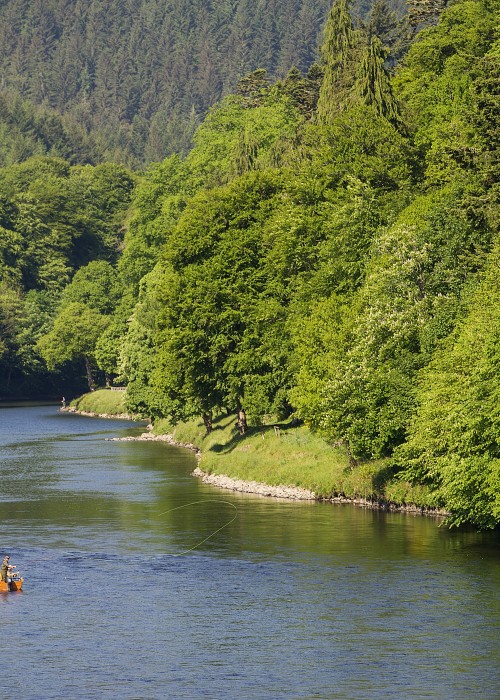
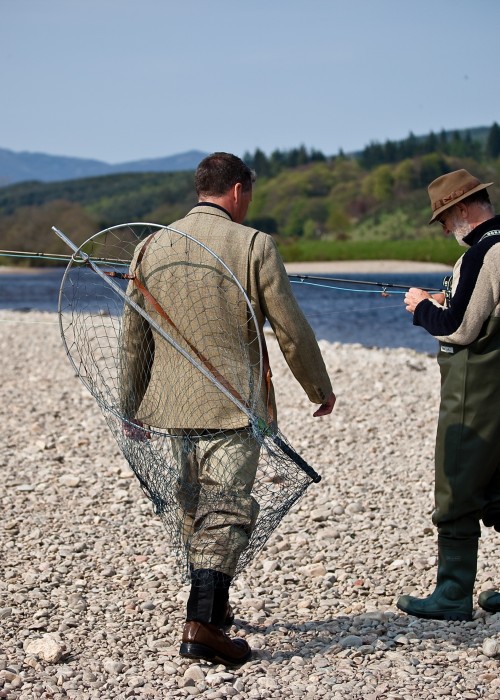
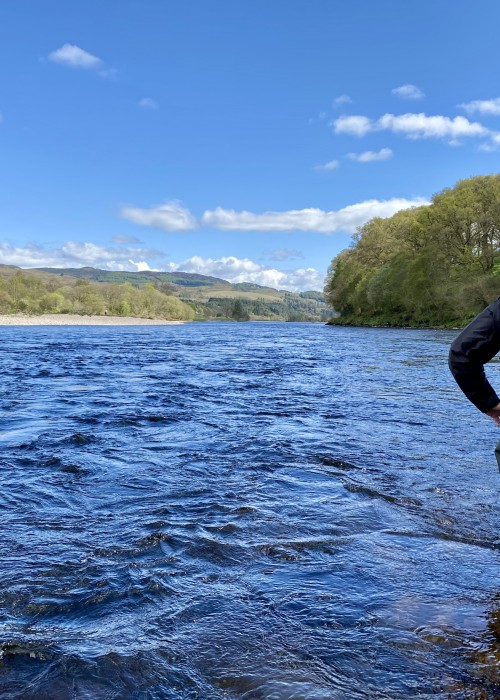
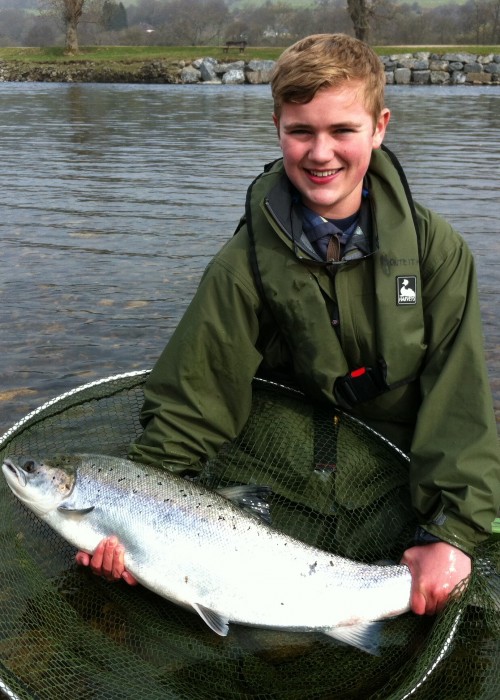
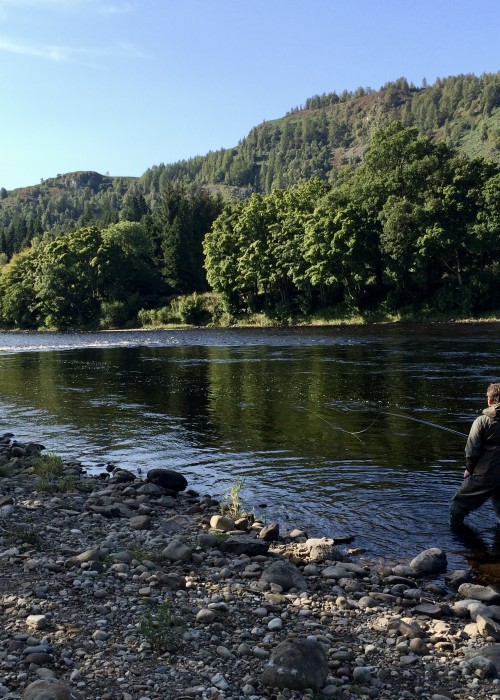
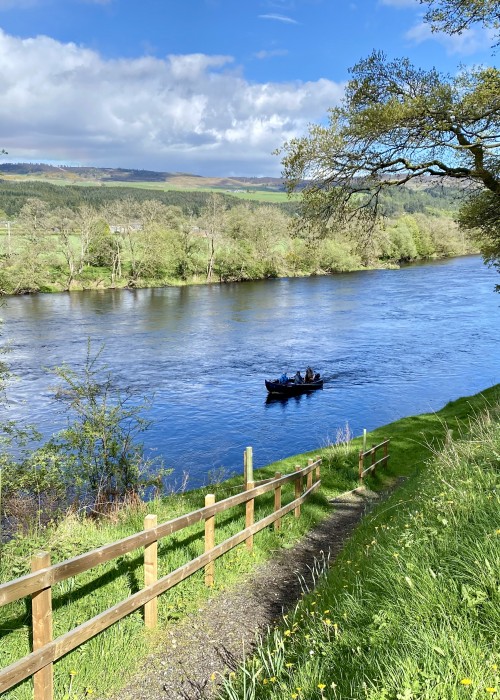

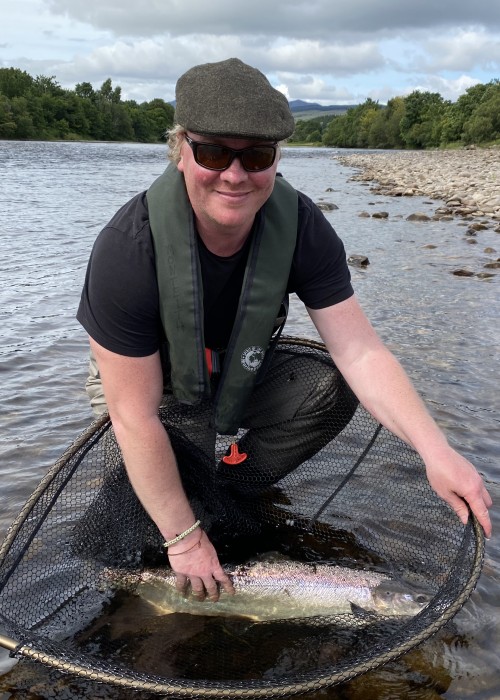

Straight forward factual information on the best way to book fishing on Scotland's famous River Tay for beginners or experienced salmon fishers.
Having been a River Tay salmon fisher since 1970 and also having served as a professional career guide (ghillie) on 2 of the famous middle Tay salmon beats I'm fairly well qualified to assess the best way to book salmon fishing on this fantastic Scottish salmon river. If you're a beginner to this sport there is absolutely no benefit in buying fishing access on its own unless you know the salmon beat you wish to fish and have all of the correct equipment levels with a reasonable awareness of tactical salmon fishing skills.
Salmon beat selection is also an important factor based on the month of the fishing season which can be confusing for a beginner to decide on. Booking a River Tay salmon fishing guide will take care of all of the above if you're new to the sport. If you are an experienced salmon fisher and are familiar with River Tay salmon fishing tactics then email me directly on jock@salmon-fishing-scotland.com for my professional recommendation based on your salmon fishing trip timing availability and your fishing guest number requirements.
There are different ways to approach and book salmon fishing for experienced and brand new salmon fishers. Permit fishing access on its own is the most dominant way that salmon fishing is sold on the River Tay however this approach in my opinion has cost the industry thousands of potential 'life long' fishers over the decades as a new salmon fisher (with or without the correct salmon fishing equipment levels) is not going to quickly self grasp the skill sets required for success in this sport nor do most salmon beat ghillies usually have the time to teach when other salmon fishing guests and riverbank duties are in need of attention.
The River Tay is over 100 miles in length and its catchment drains a colossal1500 square mile area of central & highland Scotland. Much of the Tay's headwaters is in the formation of vast fresh water lochs which maintain steady water levels in the river even through polonged periods of low rainfall. These headwater lochs also act as settling tanks to keep sedimentation levels at a minimum which is important for counteracting the negative fishing affects of water discolration during heavy rainfall periods. Due to the Tay being Scotland's largest & deepest river it also is usually always possible to find quality fishing access unlike many of the much smaller Scottish salmon rivers.